Only a tackle? – England-Italy and the ruck-free controversy
The recent Six Nations match between England and Italy raised a huge question about the refereeing of contact situations, and in particular the difficulty in establishing the difference between a ruck and a tackle.
Italy entered the game with a policy of ‘no contest’ at the tackle area, committing only the tackler in contact and having him roll away and reload as quickly as possible into a defence with 14 or 15 men primed and ready for the next phase.
This left England trying to create rucks, and hence the protection of an offside line, without any opponents on their feet. According to both the letter of IRB law (section 16) and the referee of the day, Frenchman Romain Poite, this is simply not possible:
A ruck is a phase of play where one or more players from each team, who are on their feet, in physical contact, close around the ball on the ground. Open play has ended.
With the tackler usually knocked to ground in the initial collision, for the most part there were no Italian players either on their feet or ‘closing around the ball’ to form a ruck. Hence, no offside line – which allowed Italy to swing players around behind the English scrum-half Danny Care and block out all of his passing routes from the base:


If legal, the ploy was also counter-intuitive. The essence of Rugby Union lies in its capacity to create offside lines – from lineouts, scrums and breakdowns. Without offside lines it is well-nigh impossible for offensive teams to create any sort of structure in attack. They cannot build play through phases if those phases do not actually exist.
Ruck law has only rarely been interpreted in this way previously. One of the few significant international examples of which I am aware occurred in the autumn game between Ireland and Australia.
As the Irish number 9 Conor Murray goes to pass the ball from the base, there are five Irish players ahead of him – one ball-carrier on the ground presenting the ball, and four others on their feet comprising the “ruck”. At the same time there is no Australian presence at all, so technically the four players on their feet are all blocking a direct pathway to the ball and could be penalized for obstruction.
It is also clear that all of the Wallaby players, except for their number 7 David Pocock, are tacitly acknowledging an offside line by remaining ‘behind the hindmost foot’ at 50:09 and not moving forward until Murray has passed the ball.
But the exception is a meaningful one. Pocock has understood that there is no offside line in law and backed his hunch that the referee (another Frenchman in Jerome Garces) will referee the situation as ‘only a tackle’. As a result, he is able to play outside half on the wrong side and intercept the ball. This was significant, because the Wallabies created a definite scoring opportunity within two phases and barely 15 seconds of the interception being made.
Of the thirty-one players and officials on the field, only two recognized the law as it is by the letter – every other Irish player, plus 14 Australians all felt instinctively that an offside line has been created.
The Garces/Poite application also creates an extra layer of decision-making for the referee which can easily turn very grey indeed:
In this example from the England-Italy game, James Haskell (in the red hat) takes the ball into contact, to be met by three Italian tacklers. Two go to ground immediately but at least one, the Azzurri #12 Luke McLean, remains on his feet and in contact with the opposition:

For one (vital) moment, McLean is fulfilling all the requirements of the law for a ruck to be formed. He has closed on the ball, he is on his feet and he is in contact with an opponent (England’s Courtney Lawes). However, M. Poite again calls ‘only a tackle!’, which allows the Italy scrum-half Edouardo Gori to sneak around the back, block the passing lane for Care and force an interception from the England scrum-half.
As in the Pocock instance, only two of the 31 people on the field believe that an offside line has not been created – Gori and the referee. Everyone else, on both sides of the ball, is obeying the ‘hindmost foot’ law – and there are after all, two Italian players still buried in the heap of bodies beneath Lawes’ cleanout!
So was the England head-coach Eddie Jones right to compare the Italian strategy to cricket’s Trevor Chappell incident – when Chappell’s infamous under-arm delivery back in 1981, and a ball dribbling along the ground prevented New Zealand from hitting the six they needed for victory? He said after the game,
If your halfback can’t pass the ball, there’s something wrong with the game. If the 10 can’t see the ball, how do you play rugby?
Jones’ outrage in the heat of the moment was understandable, but a more balanced view came from The Rugby Site’s own Wayne Smith, when he said,
It’s one of those surprise tactics that I think could work now and again, but you certainly couldn’t build your game around it… it’s just a part of the game, a shock tactic that a team might use now and again but certainly if you became predictable by doing it you’d be cut to bits.
You need clarity from the referee…I know the Chiefs a couple of years ago tried it a couple of times and didn’t get good rulings and were penalised for offside. So it’s got some flaws.
Some of the drawbacks of the tactic were exposed in the second half, with England powering big ball-carriers through the depleted middle of the Azzurri defence:
One or two defenders in advance of the ball means fewer tacklers behind the “ruck” (40:17); if one is also your own scrum-half, it also takes one of your key cover defenders and ‘generals’ out of the game.
Above all else, both teams need to know the rulings they will get from the referee before they go out on the field, and there can be little doubt that coaches will be seeking reassurances and clarity in this area prior to matches from now on.
As Wayne Smith points out, it is very hard to see the Italian ‘offside trap’ becoming any more than a one-off surprise tactic. It cannot become part of mainstream defensive doctrine for professional players who spend all of their lives in a world of discipline refined to the point where it has become instinct. Officials are unlikely to enjoy that extra layer of ruck/tackle decision-making on top of their other already-considerable responsibilities. It was nice while it lasted, but the honeymoon period is probably over.



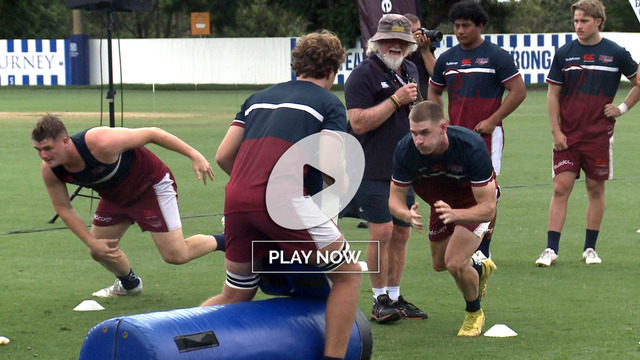
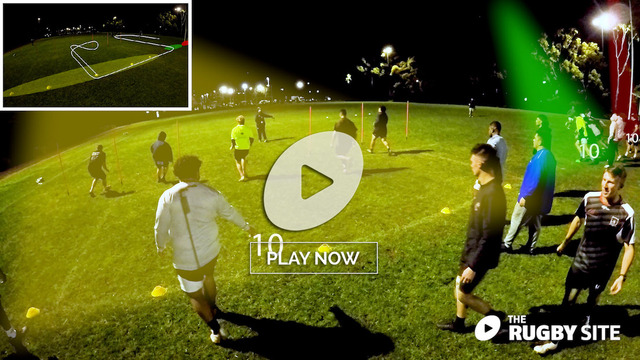

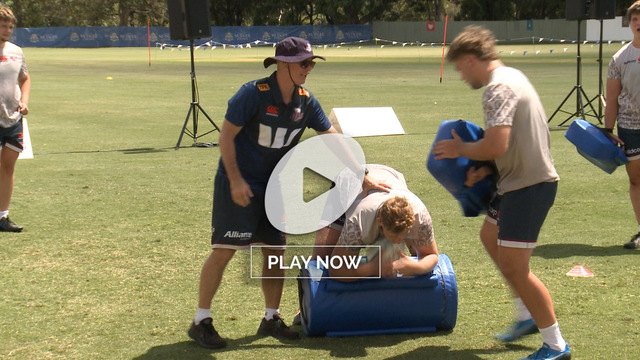
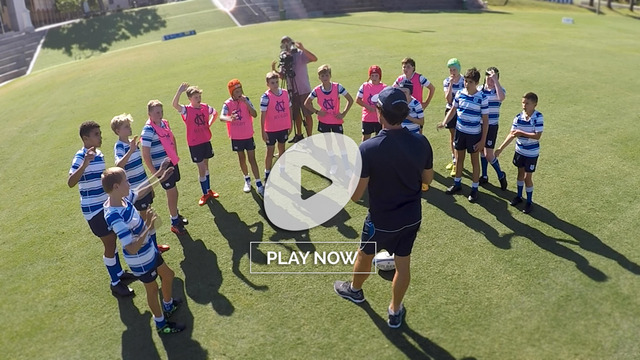

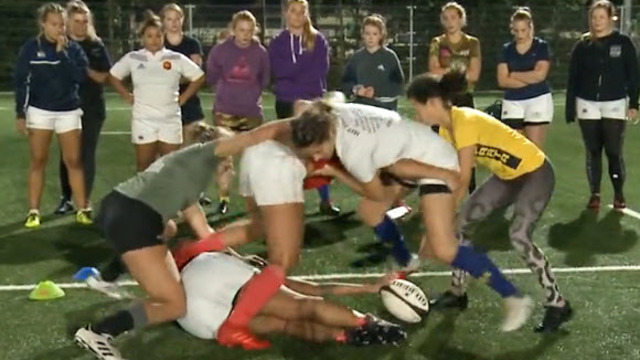

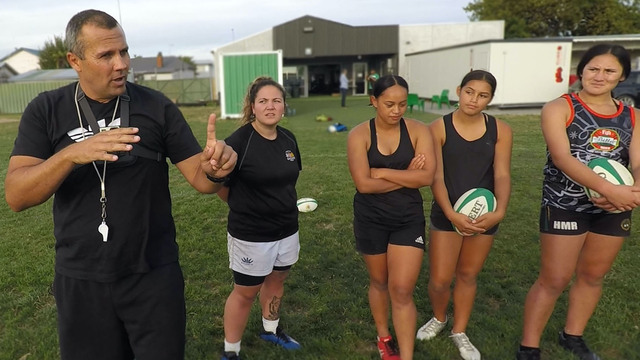

.jpg)
.jpg)
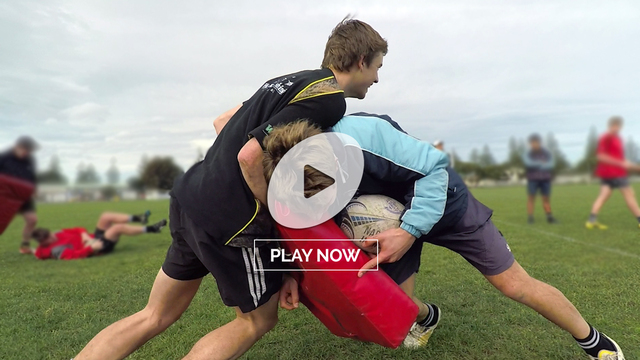
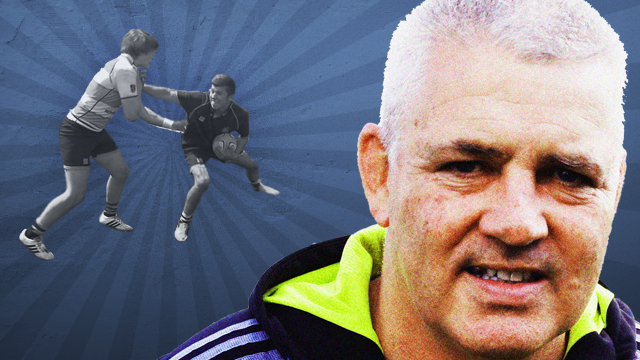
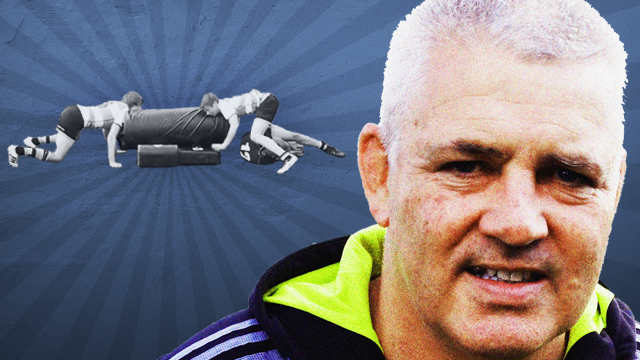

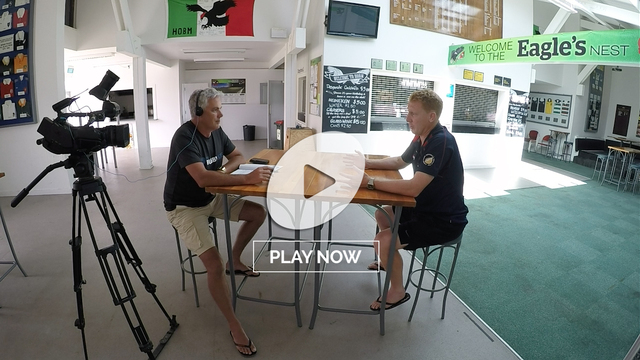
_no_button.jpg)

